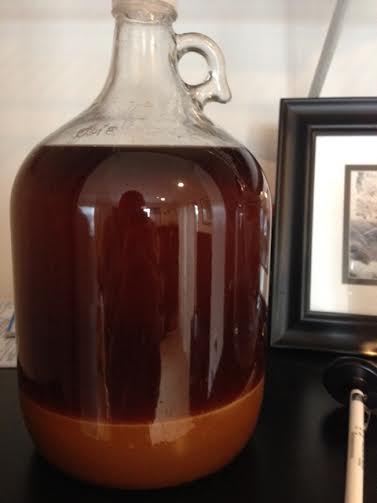cbarriere19283
Member
- Joined
- Feb 27, 2014
- Messages
- 20
- Reaction score
- 0
Hi all,
I just brewed a batch of 1gallon NB Smashing Pumpkin Ale and decided to try and rehydrate my dry yeast rather than just pitching (first time trying this).
I boiled water, added 4 ounces to sanitized measuring cup, let cool to just below 105F then sprinkled in yeast. Waited 15 minutes then stirred, waited another 5-10 and stirred again. Once I had a nice cream I poured 2 ounces worth of yeast cream into my cooled wort.
12 hours later, I see no movement in my carboy, and nothing coming through the blowoff. I also see a bunch of "stuff" settled on the bottom of the carboy at least 2 inches thick. Not sure if that is the sugars from the wort that were never fermented by the yeast? I've attached a picture of the results... Any tips or advice is more than appreciated!
Chris

I just brewed a batch of 1gallon NB Smashing Pumpkin Ale and decided to try and rehydrate my dry yeast rather than just pitching (first time trying this).
I boiled water, added 4 ounces to sanitized measuring cup, let cool to just below 105F then sprinkled in yeast. Waited 15 minutes then stirred, waited another 5-10 and stirred again. Once I had a nice cream I poured 2 ounces worth of yeast cream into my cooled wort.
12 hours later, I see no movement in my carboy, and nothing coming through the blowoff. I also see a bunch of "stuff" settled on the bottom of the carboy at least 2 inches thick. Not sure if that is the sugars from the wort that were never fermented by the yeast? I've attached a picture of the results... Any tips or advice is more than appreciated!
Chris











































![Craft A Brew - Safale S-04 Dry Yeast - Fermentis - English Ale Dry Yeast - For English and American Ales and Hard Apple Ciders - Ingredients for Home Brewing - Beer Making Supplies - [1 Pack]](https://m.media-amazon.com/images/I/41fVGNh6JfL._SL500_.jpg)














